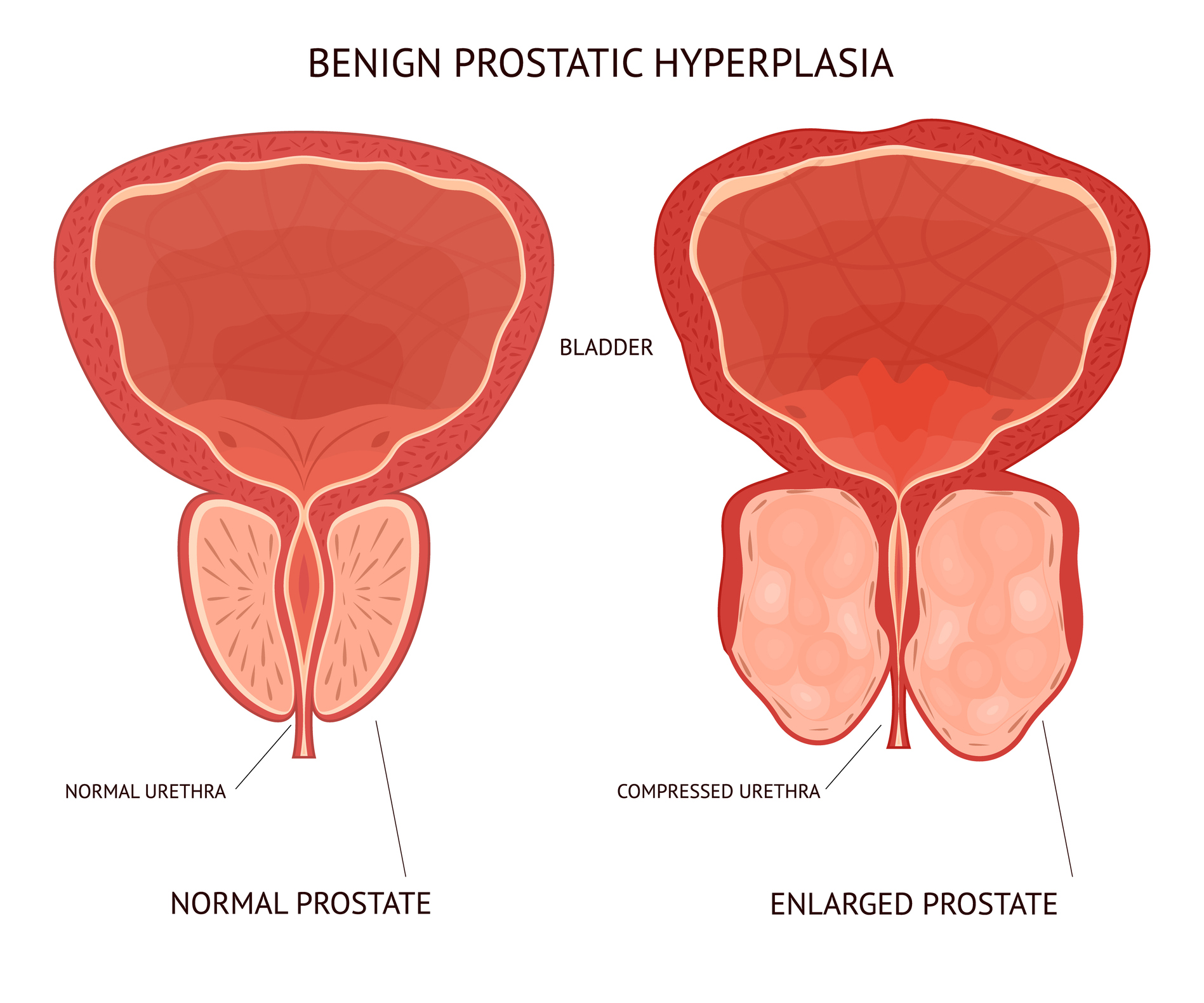PAE is a minimally invasive procedure designed to treat symptoms associated with an enlarged prostate, a condition known as Benign Prostatic Hyperplasia (BPH). Here are some key details to help you familiarize yourself with the procedure:
What is Prostate Artery Embolization (PAE)?
PAE is a non-surgical technique used to reduce the symptoms of an enlarged prostate. It involves the insertion of tiny particles into the blood vessels supplying the prostate gland, leading to a reduction in blood flow. This, in turn, causes the prostate to shrink, alleviating symptoms such as frequent urination, difficulty starting or stopping urine flow, and a sense of incomplete emptying of the bladder.

How is PAE performed?
- Preparation: You may be asked to fast for a certain period before the procedure. Your medical team will provide specific instructions tailored to your case.
- Anesthesia: PAE is typically performed under local anesthesia. You may also receive sedation to help you relax during the procedure.
- Catheterization: A small catheter is inserted through the blood vessels in the groin area and guided to the arteries supplying the prostate.
- Embolization: Tiny particles, often made of gelatin or plastic, are injected through the catheter into the blood vessels leading to the prostate. These particles block the blood flow to the prostate, causing it to shrink.
- Post-Procedure: After the procedure, you will be monitored for a few hours to ensure there are no immediate complications. Most patients can go home on the same day.
What are the potential benefits of PAE?
PAE has been shown to provide relief from BPH symptoms, including improved urinary function and quality of life. Compared to traditional surgical approaches, PAE is associated with fewer complications, a shorter recovery time, and a lower risk of sexual side effects.
What are the potential risks and complications?
While PAE is generally considered safe, as with any medical procedure, there are potential risks and complications. These may include:
- Pain or discomfort: Some patients may experience mild pain or discomfort at the catheter insertion site.
- Urinary issues: Temporary worsening of urinary symptoms, such as difficulty urinating or increased frequency, may occur.
- Infection: Although rare, there is a minimal risk of infection at the catheter insertion site.
- Allergic reaction: Some individuals may have an allergic reaction to the contrast dye used during the procedure. For most patients this is already known and can be avoided with pretreatment.
Your healthcare team will discuss these risks with you in detail and answer any questions you may have.
Recovery and Follow-Up:
Most patients can resume normal activities within a few days of the procedure. Your healthcare provider will provide specific instructions regarding post-procedure care, medications, and follow-up appointments.
It's essential to communicate any unusual symptoms or concerns to your healthcare team promptly.
Remember, every patient is unique, and the information provided here is a general overview. Your healthcare provider will tailor the details to your specific case and address any questions or concerns you may have.